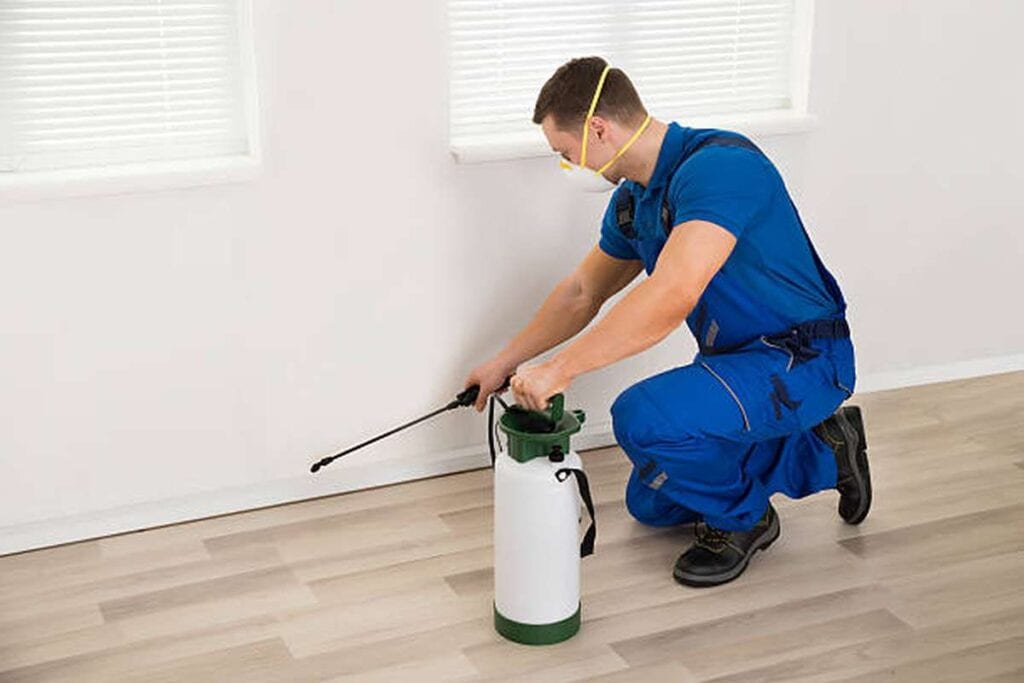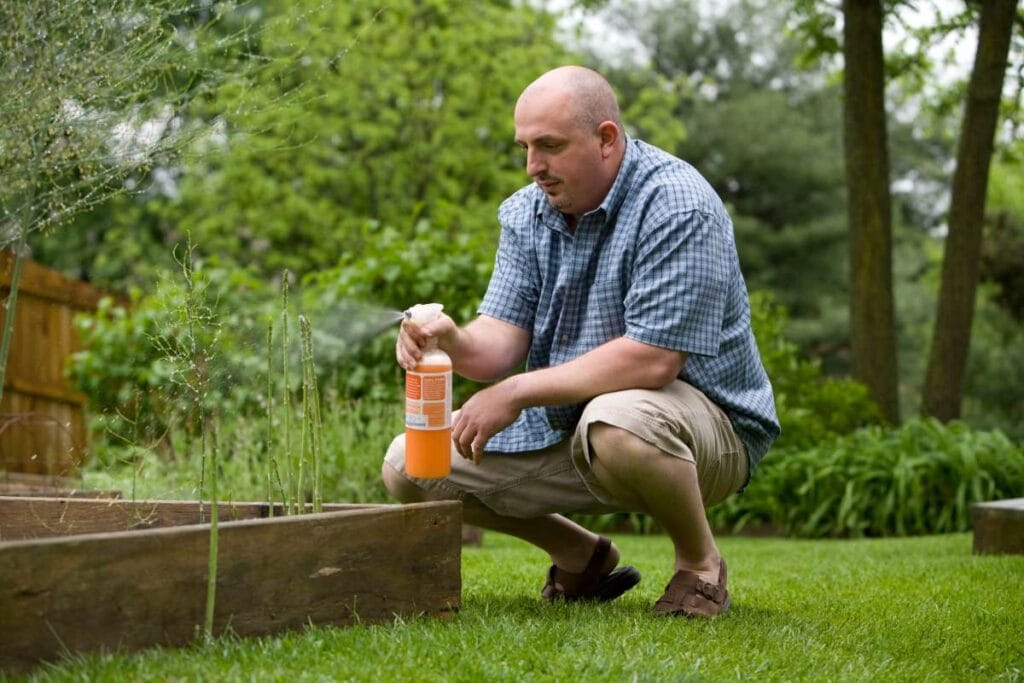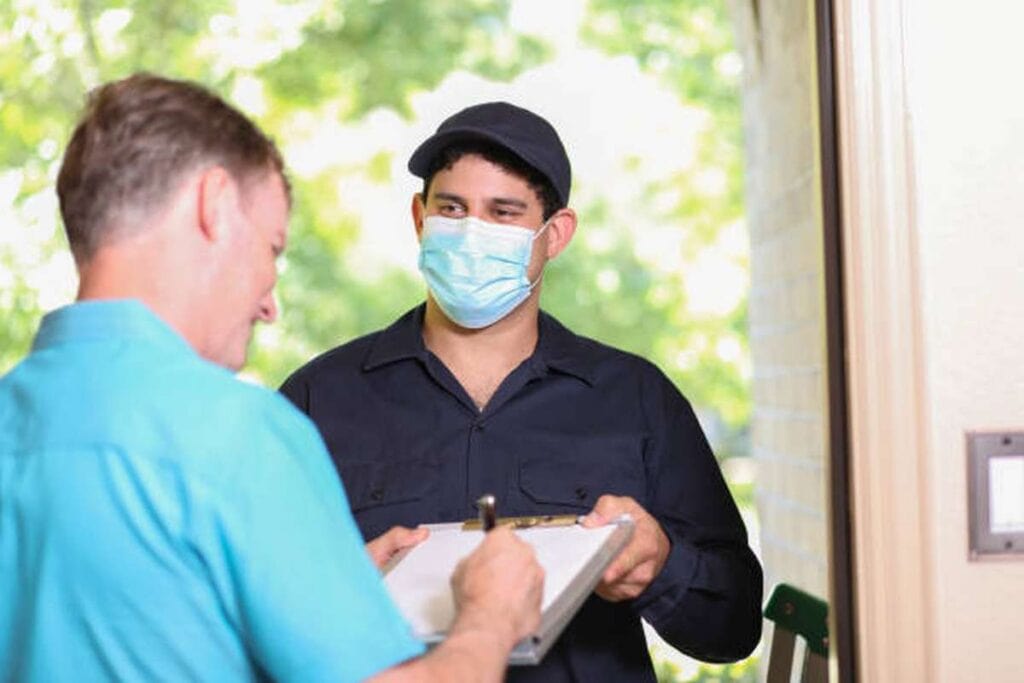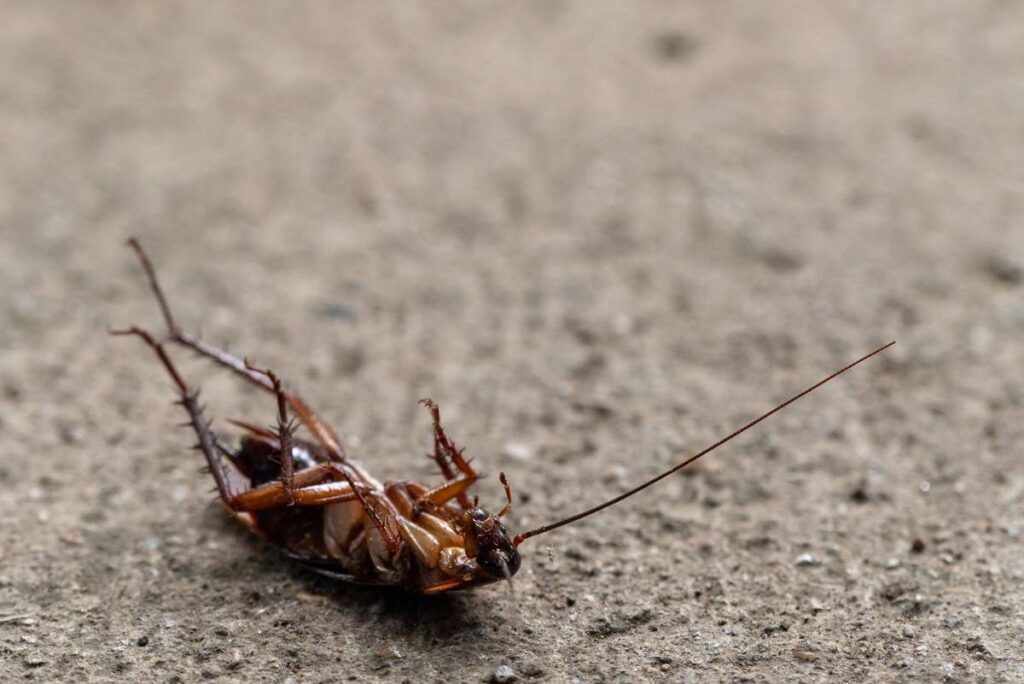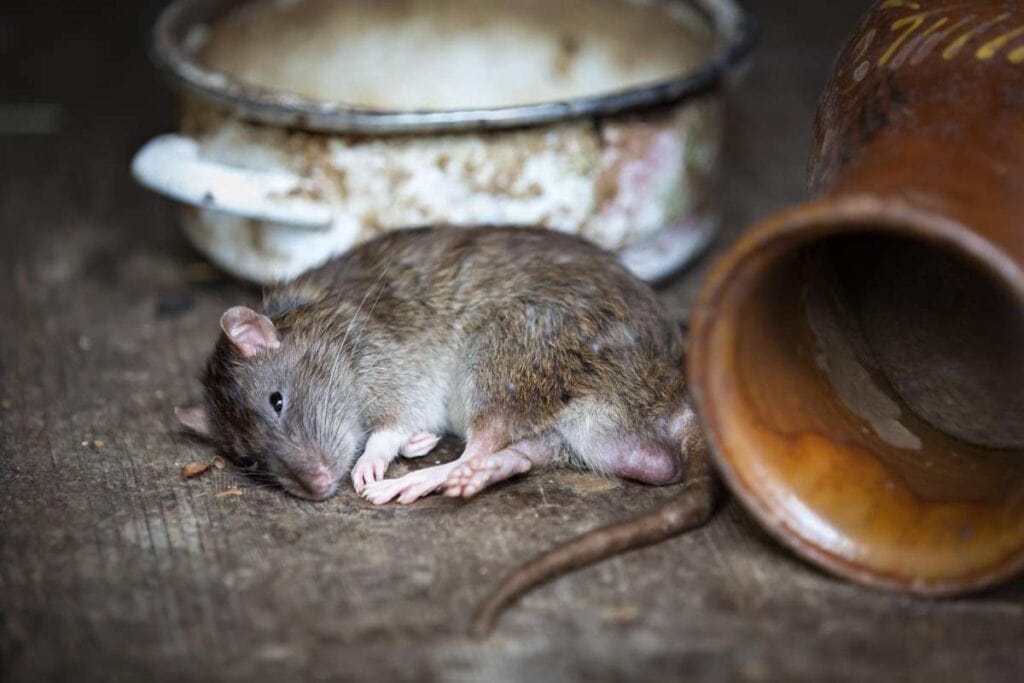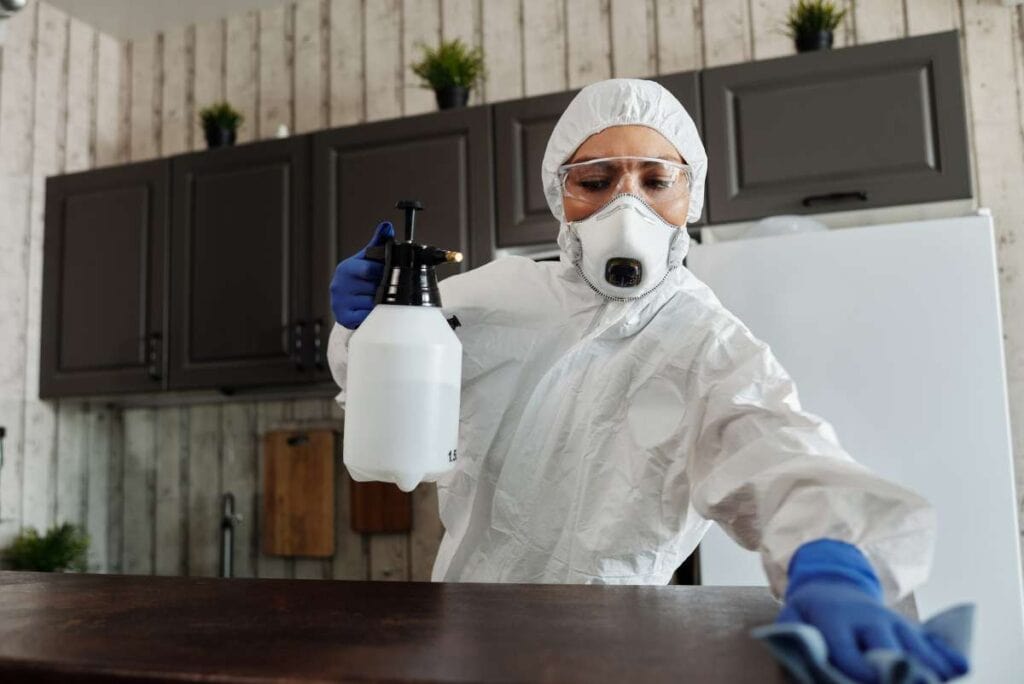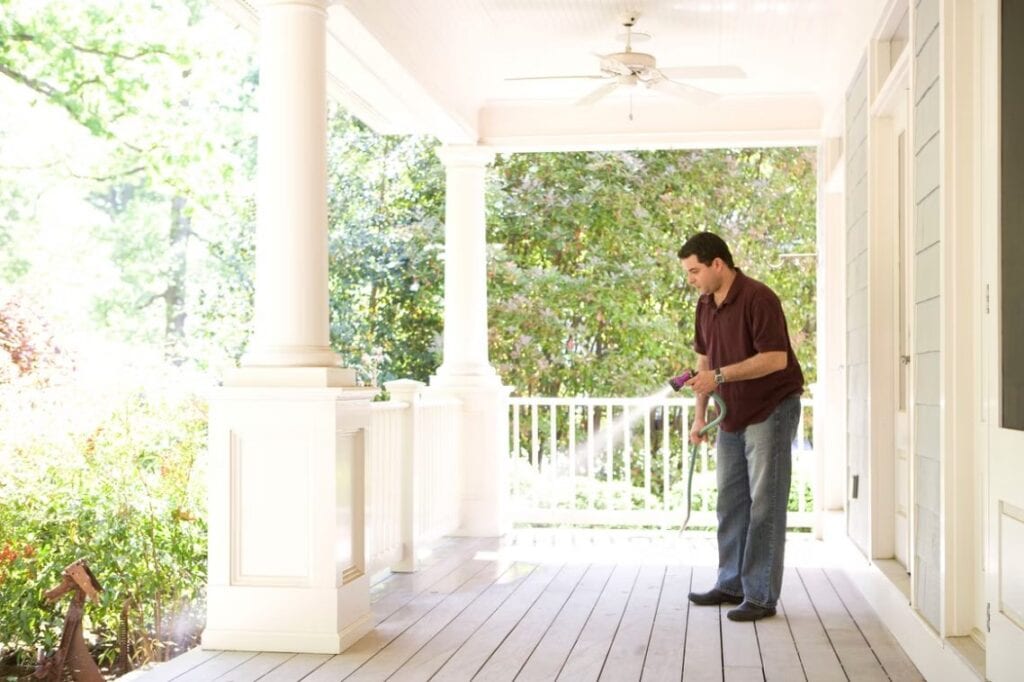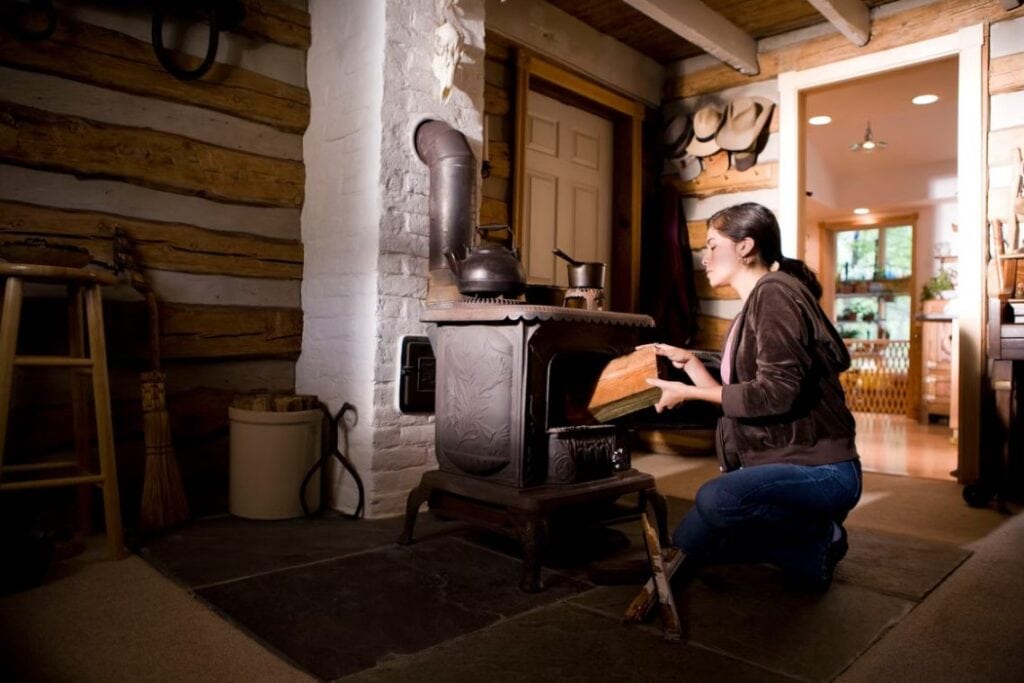Bed bugs can invade any home, no matter how meticulous the cleaning is. In this article, we'll investigate the origins of an otherwise spotless home's bed bug problem and offer advice for warding off future infestations. To find out more, please continue reading!
The presence of bedbugs in one's home or hotel room is not pleasant, which is why it is so uncommon. Dealing with an infestation is a significant pain.
However, there are ways to deal with a bedbug infestation.
This article will discuss how they can invade your stuff and home in the first place, how to spot an infestation, and what to do next.
What's more, we'll let you know if the problem is something you can handle on your own or if you should consult an expert.
FAQs About Pest Control
Bed bugs have no interest in filth, rot, or anything else indicative of decay. They are only interested in blood and will look for it in any condition. Bed bugs can locate a potential host by the carbon dioxide they exhale and the body heat and moisture they generate.
Most people probably think of a dirty person, a rundown hotel, or a filthy home when they picture a place with a bed bug infestation. That, however, is not the case. Bedbugs seek out human blood, not soil.
Bed bugs are not an indication of slovenliness or lack of cleanliness. Bed bugs are notorious hitchhikers, making their way to new locations in discarded furniture, suitcases, and other items.
The hair dryer's heat will drive the bed bugs out of their hiding place. It is also possible to purchase and set up commercial bed bug traps around your furniture. The use of a strong flashlight can also be helpful in the search for insects in low light conditions.
They could have travelled from an infected area or been brought in on second-hand furniture. Can hitch rides on luggage, purses, backpacks, and other items left on upholstered or soft surfaces. They can move freely between rooms in hotels and other multi-unit buildings.
I Have A Clean House; Why Did I Get Bed Bugs?

Spills and messes attract rats, mice, ants, and cockroaches. People try to keep their homes clean to avoid pests. They're shocked to find bed bugs.
Dirt, decay, and decomposing materials don't attract bed bugs. They only seek blood, regardless of the environment's cleanliness. Bed bugs are drawn to warmth, moisture, and human carbon dioxide.
False: filthy conditions attract bedbugs. This myth persists for two main reasons.
First, motel rooms aren't necessarily dirty and bedbug-infested. Even five-star hotels have bed bug problems. It's a myth that only cheap hotels have bed bugs.
Luxury hotels can quickly eliminate bed bugs. This misconception persists because some of the cheapest motels can't provide such services. Bed bugs are more common in cheaper motels due to financial issues, not their cleanliness.
Many believe bed bugs are drawn to filth because low-income households are disproportionately affected. This is a financial issue, like the difference between high-end hotels and motels. Bed bug removal can be expensive, especially if an entire apartment building is infested. Lower-income families can't always afford this.
While cleaning your house won't prevent bed bugs as long as you're there, it can help you spot them earlier. It speeds up treatment and bug removal.
Do you need the assistance of a professional pest control service?
If you don't catch termites in the early stages, they can do a lot of damage to your home. All Pests is a reliable pest control service that can assist you in getting rid of these unwanted visitors in a timely and cost-effective manner.
When it comes to termites, we know how crucial it is that your house is protected. That's why we have so many options for you to choose from when it comes to our services. With our 100% satisfaction guarantee, you can rest easy knowing that you're choosing the greatest choice for your home and family.
Get in touch with us and call us at 0409 523 029 to learn more.
The Truth About What Causes Bed Bugs
Bed bugs are a common topic of conversation, but many people have no idea what they are or how to identify them. Even though a dirty home isn't a cause for a bed bug infestation, that's a common belief.
Contact with a bed bug is all required to bring them into your home. There are numerous entry points through which these insects can invade your home. Many people unknowingly expose themselves to bed bugs when staying at a hotel.
Another way you can get rarer bed bugs is if you pick them up from a public place, like a bus seat.
It is only at night that they venture out in search of food. As we eat at night, they seek refuge in our beds, where they can easily hide from us under the sheets. They are difficult to spot, and most people discover they have bed bugs when they awake with itchy red bites all over their bodies.
We are all apprehensive about getting a bed bug infestation because of the bad reputation they have.
You can use preventative measures to help prevent you and your family from getting a bed bug infestation. One option is to purchase a mattress protector. You can use these bedbug-proof mattress protectors on your mattress and box spring. Using bed bug traps and performing regular inspections can also help determine if you have a bed bug problem.
Do you have large pests in your area? All Pests is the company to call for large pests removal in Melbourne. We have the experience and expertise to take care of any infestation, big or small.
Causes
Bedbugs feed on the blood of humans, so they congregate in densely populated areas.
They eat our blood by slicing into us with tiny saw-like mouthparts. In addition to sucking out the blood, they numb the area with saliva containing anaesthetic and anti-clotting chemicals, reducing any pain the victim may experience.
Additionally, bedbugs have proven to be resilient.
They are most commonly associated with hotel rooms: They increase in locations with high foot traffic and people who frequently move their possessions between homes. Some of the most frequent habitats of bedbugs are:
lodgings of various kinds
housing complexes and dormitories; harbours for cruise ships; bus, train, taxi, and rideshare systems
Camping grounds
Whether your house, hotel room, or other lodgings are spotless or filthy is no different. If bedbugs hitch a ride on an item you bring inside from an infested location, they can set up housekeeping anywhere.
They can even avoid death from pesticides by simply relocating to an area that isn't regularly sprayed.
Where They Live
However, contrary to their names, they do not spend all day sleeping. They are free to assemble in any number of indoor fixtures, including but not limited to:
- bedding including bed frames and bedding including springs
- The space around your bed's edges, including the sheets and blankets
- headboards areas of clutter that aren't moved frequently, such as piles of clothes under peeling or cracking paint or wallpaper underneath carpets on outer edges, like near baseboards
- upholstered furniture's stitching around the legs and arms, under outlet plates, and around the sides of light switches; clothing; and travel bags and cases.
- packing materials
- Bedbugs can crawl at a rapid pace. They can travel long distances unhindered on carpets, hardwood, and tile at speeds of up to four feet per minute. It enables them to traverse the length and breadth of any building, be it a hotel, an apartment complex, or a single-family home.
Signs Of Bedbugs
Bewildered whether your bug problem is caused by bedbugs or something else?
The centre of these is darker, indicating the spot where the bedbug's mouth bit you.
Aggregations of bites or spots. These tend to congregate in clusters or form lines on the skin.
It pinpoints the areas where your bit skin came into contact with your sheets.
Small, dark spots that likely represent faeces. Mattresses, pillows, carpets, and other upholstered items are all susceptible to having these.
How To Identify
Bedbugs are large and prominent, unlike other household pests like fleas and mosquitoes.
We've compiled this handy identification guide to help you tell a bedbug from other pests. You likely have bedbugs if you've got them and answered yes to all of these questions.
They have a brown or reddish-brown hue and are not black.
Instead of being round or long, they are flat and have a rounded shape.
Like fleas and ticks, they crawl around but can't fly or jump.
The shed skin is a light brown and left behind when they move.
They produce eggs that are as small as grains of rice and are white.
After feeding, they quickly drop off the host's skin, unlike lice and fleas.
How To Get Rid Of Them
If the infestation isn't widespread, removing bedbugs is easy.
Tidy up. If bedbugs are hiding in your bedroom or home, they'll move where you can get rid of them more easily.
Routinely vacuum. Cracks in your carpet or flooring and crevices around your mattress, box spring, or bed frame are common hiding spots. Dump your vacuum's contents to prevent leaks.
High heat washing and drying. Above 122°F, bedbugs die. First, wash clothes and bedding in hot detergent. Then dry them on high heat.
Freeze linens. Bedbugs can also be killed by freezing clothes or bedding or leaving them outside when it's below freezing.
Stiffen mattress or upholstery seams. It removes eggs and bugs from furniture crevices.
Patch paint or wallpaper cracks. It reduces bedbug hiding spots.
Does Uncleanliness Cause Bed Bugs?
Many people believe bed bugs prefer unhygienic environments because they are attracted to dirt and decay. However, this is entirely untrue.
Bed bugs don't eat decomposition like pill bugs. They only eat blood and have no reason to be dirty.
Human scent and bed bug pheromones attract bed bugs. As long as there are people, they like dirty and clean homes equally.
Widespread myth: bed bugs like dirty homes. It's a common myth.
It's unknown. This myth may have two causes.
Cheap Hotels
However, we know that bed bugs can take up residence in any accommodation, whether the Ritz-Carlton or the local drive-in motel.
That said, however, the hotel chains with the most bed bug reports tend to be the cheapest ones. And cheap hotels often have lower standards regarding room cleanliness, too.
Poor Households
Another myth is that bed bugs are more common in poor households. It's not true. Whether rich or poor, your blood tastes like bed bugs.
Poorer families can't afford exterminators. This may prolong or worsen infestations.
Poor homes are often dirty and cluttered. Reasons vary. Poor people are more likely to develop depression, which makes housework harder. Lower-paid manual labourers with longer hours have less time for housework. It may have linked bed bugs to dirty homes.
Washing Bedlinen
Bed bugs love beds. Bed bugs prefer them because they're close to us while we sleep. A sleeping person won't notice a bed bug feeding on them or move enough to remove them.
Washing bed linens at 140 degrees Fahrenheit kills bed bugs and their eggs.
Wash everything, including:
- Pillows/pillowcases
- Comforters, covers
- Sheets
- Protectors
- Blankets/runners
- Couch covers, rugs, and soft furnishings should also be washed.
- It is an excellent way of keeping bed bug numbers down and preventing the infestation from growing.
- Since the mattress can't be washed, check every crevice for bed bugs. Handheld steamers can be used to kill intruders. A mattress encasement keeps bed bugs out of hard-to-reach places.
Vacuuming
Bed bugs aren't just in beds. They can hide in carpets and rugs.
A vacuum cleaner is better.
Bugs can't re-enter the home if the vacuum's contents are outside.
Keeping On Top Of Clutter

Keeping your home organised won't prevent you from bringing bed bugs home, but it can help you spot them early.
Bed bugs hide in shadowy places. Any crack or crevice can hide a bed bug. When buying used furniture, beware of bed bugs.
Bed bugs can hide in clutter and mess. If they're hidden, you won't notice them until the infestation is too large.
Bed bugs don't like dirty homes. Infestations don't make a home dirty. Mess and dirt make bugs harder to spot. A clean, organised home will make dealing with bed bugs easier.
Mistakenly believe filth causes bed bug infestations. They don't like decay. They can live anywhere with food. Knowing this helps prevent bed bug infestations.
Blood-eating bed bugs. They need blood to breed and for food, but they can't fly. They don't live on hosts like ticks. Bed bugs must find other food.
Bed bugs are small and have transparent skin, making them hard to see. Once they're adults, these bugs are hard to miss unless their environment is cluttered. They're not attracted to clutter, but it helps them hide. Bed bugs are attracted to filth, but filth and cludor are their ce. These bugs can live in pristine conditions. They can't avoid detection as easily.
Bed bugs' cause? Bed bug ignorance is the main cause. Knowing bed bugs' causes will help you keep them out of your home or business.
If the infestation is contained, eliminating bedbugs is not tricky. If you've found bedbugs in your home, you can prevent an entire infestation by following these steps.
Collect all of the lost items. Bedbugs will quickly relocate to a new hiding place, possibly one that is easier to treat.
Be sure to vacuum frequently. When you're done using the vacuum, empty the bag to prevent the debris from escaping.
Put your clothes and linens through a hot wash and dry cycle. Bedbugs cannot survive in temperatures above 122 degrees Fahrenheit. It is recommended to first wash all bedding and clothing in hot water with detergent. Then, dry them using the dryer's hottest setting.
Freeze your sheets and comforter. Put your bedding and clothing in the freezer for a few days or leave them outside when the temperature drops below freezing; bedbugs will die from exposure to the cold.
Use a stiff brush to clean the creases in your mattress or upholstery. With this tool, you can remove bug eggs and larvae from cracks and crevices.
It would help if you repaired the paint or wallpaper with flaws, such as cracks. It will eliminate another hiding spot for the bedbugs.
Dead animals in your yard or home? All Pests Melbourne is here to help you with the removal of dead animals, as quickly and affordably as possible. We know the importance of keeping your home clean and free of pests, so we'll work hard to make sure the job is done right - and fast.
Conclusion
Understandably, you would like to do everything you can to prevent bed bugs from making your home their permanent abode because they can be a significant source of frustration and discomfort. Bed bugs can be caused by several factors, including poor personal hygiene, sanitation, and housing conditions.
Content Summary
- If you own your own home, you're likely always looking for new ways to keep it tidy and pest-free.
- Bed bugs can invade any home, no matter how meticulous the cleaning is.
- In this article, we'll investigate the origins of an otherwise spotless home's bed bug problem and offer advice for warding off future infestations.
- Dealing with an infestation is a significant pain.
- However, there are ways to deal with a bedbug infestation.
- This article will discuss how they can invade your stuff and home in the first place, how to spot an infestation, and what to do next.
- Contact with a bed bug is all required to bring them into your home.
- Many people unknowingly expose themselves to bed bugs when staying at a hotel.
- Another way you can get rarer bed bugs is if you pick them up from a public place, like a bus seat.
- You can use preventative measures to help prevent you and your family from getting a bed bug infestation.
- Aggregations of bites or spots.
- We've compiled this handy identification guide to help you tell a bedbug from other pests.
- Above 122°F, bedbugs die.
- First, wash clothes and bedding in hot detergent.
- Then dry them on high heat.
- Many people believe bed bugs prefer unhygienic environments because they are attracted to dirt and decay.
- Widespread myth: bed bugs like dirty homes.
- Another myth is that bed bugs are more common in poor households.
- Whether rich or poor, your blood tastes like bed bugs.
- It may have linked bed bugs to dirty homes.
- Keeping On Top Of Clutter. Keeping your home organised won't prevent you from bringing bed bugs home, but it can help you spot them early.
- Bed bugs can hide in clutter and mess.
- A clean, organised home will make dealing with bed bugs easier.
- Knowing this helps prevent bed bug infestations.
- Blood-eating bed bugs.
- Bed bugs are attracted to filth, but filth and cludor are their ce.
- Bed bugs' cause?
- Knowing bed bugs' causes will help you keep them out of your home or business.
- Collect all of the lost items.
- Use a stiff brush to clean the creases in your mattress or upholstery.
- It will eliminate another hiding spot for the bedbugs.
- Bed bugs can be caused by several factors, including poor personal hygiene, sanitation, and housing conditions.
- The hair dryer's heat will drive the bed bugs out of their hiding place.
- It is also possible to purchase and set up commercial bed bug traps around your furniture.


